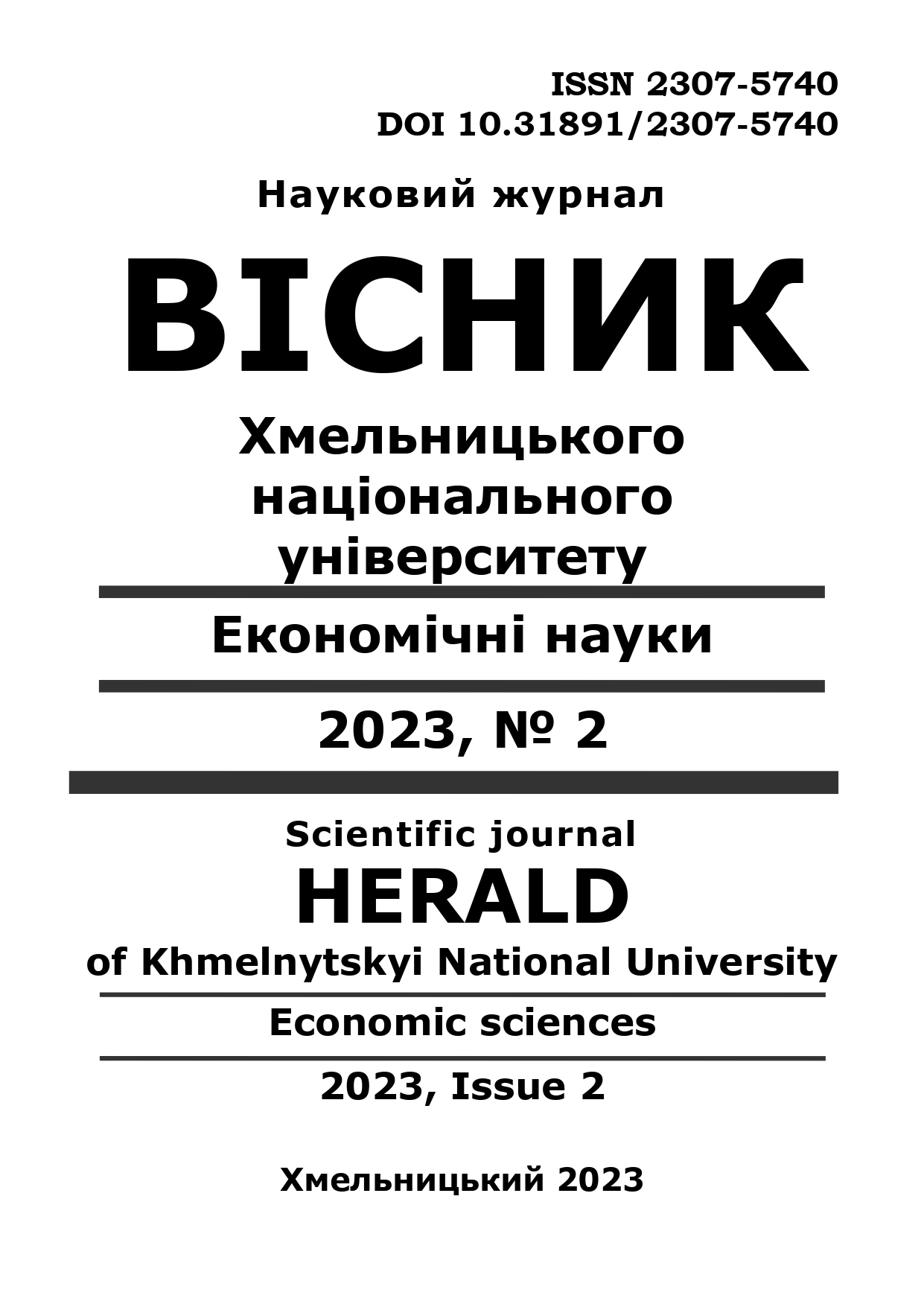MODERN ASPECTS OF IDENTIFICATION OF COUNTERFEIT PRODUCTS
DOI:
https://doi.org/10.31891/2307-5740-2023-316-2-36Keywords:
counterfeit products, declaration, customs examination, customs register of the objects of mine inspectionAbstract
The article discusses the problems and modern aspects of identification of counterfeit products, as well as the problems arising in the course of combating counterfeit goods. It is stated that if the manufacture, distribution or other use, as well as import, transportation or storage of material media containing the result of intellectual activity or means of individualization lead to infringement of the exclusive right to such result or means, such material media are considered counterfeit.
The author shows that importation and distribution of counterfeit products are primarily associated with falsification of quantitative and qualitative indicators of goods in order to understate the customs value of goods, which significantly affects the calculation of customs duties. At the same time, up to 80% of goods in circulation in the domestic market are related to copyright or patent infringement, and in certain groups of goods in circulation, 30 to 50% are actually counterfeit or falsified. The author analyzes the damage caused by counterfeit products to the country's economy and business.
It is noted that an integrated approach is needed to combat counterfeit products, detect and prevent their import and export, and the following measures are worthy of attention: improvement of interaction between customs authorities and right holders; improvement of the regulatory framework in the field of intellectual property protection; raising the legal culture of citizens in the field of intellectual property; introduction of new technical means of control and information transfer; improvement of the procedure for declaration and commodity expertise.
It is stated that the main aspects of modern identification of counterfeit products are: determination of the homogeneity of the presented sample of goods to the registered goods (specified in the certificate). The goods compared in the course of examination may be recognized as heterogeneous, homogeneous, identical, close to identity; determination of identity or similarity of goods, including possible mixing (degree of mixing) of multi-component products.


